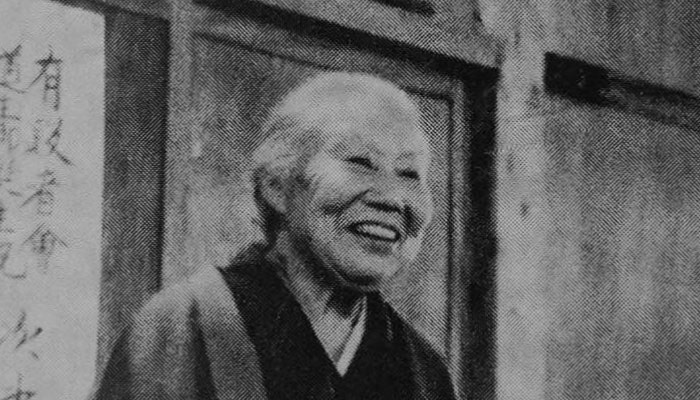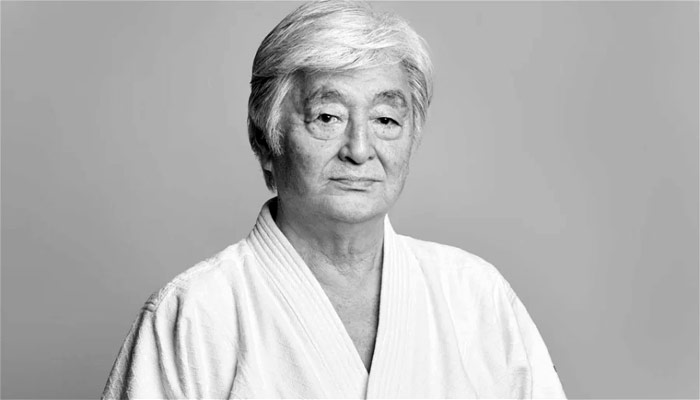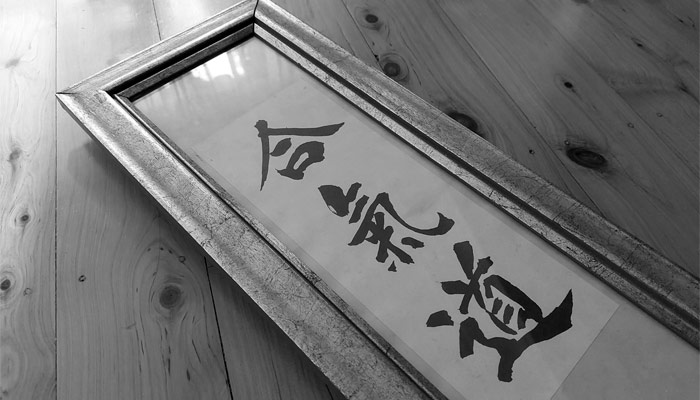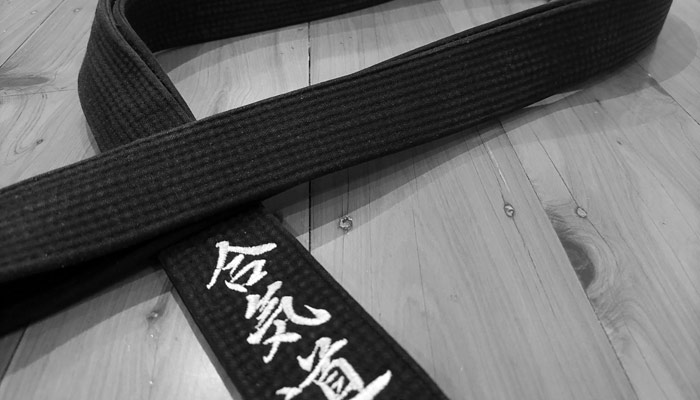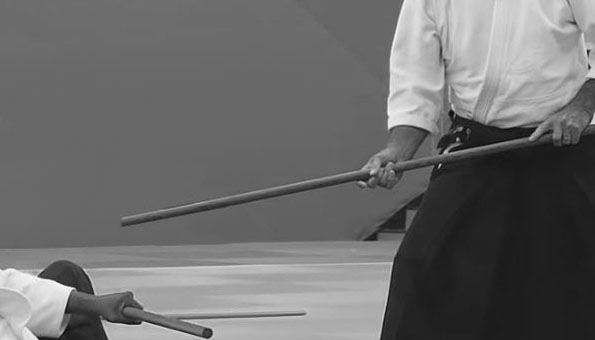-
Hatsu Ueshiba: The Most Important Woman Behind the Birth of Aikido
Hatsu Ueshiba 植芝はつ, the wife of Morihei Ueshiba, played a vital role in supporting her husband’s martial arts journey and the establishment of Aikido. Born in 1885 in Wakayama Prefecture 和歌山県, Japan, Hatsu was originally named Hatsu Itokawa 糸川はつ. The Itokawa family descended from the Kai Takeda 甲斐武田 clan, whose lineage traces back to Emperor Seiwa 清和天皇, the 56th emperor of Japan. Morihei’s mother, Yuki ゆき, also hailed from the Itokawa clan. Hatsu was two years older than Morihei, and they grew up together as childhood friends. Morihei married Hatsu when he was only 18, shortly before enlisting in the army. The timing of their marriage seems unusual, and the…
-
Master of the Power and the Basics: Yoshimitsu Yamada
Yoshimitsu Yamada 山田 嘉光, born on February 17, 1938, in Tokyo, Japan, is a prominent figure in the world of Aikido, renowned for his significant contributions to the development of Aikido in the United States. Yamada’s family has a close connection to the Abe family. His father, Ichiro Yamada, lost his parents as a child and was placed in the care of the Abe family. Ichiro and Tadashi Abe 阿部正 were raised as brothers, and Yamada referred to Abe as his uncle. Abe’s father was a supporter of Morihei Ueshiba, the founder of Aikido. Yamada first encountered Ueshiba when he was invited as a guest to Abe’s house for a…
-
A Journey of Naming: From Daito Ryu to Aikido (Part II)
Around 1934, Ueshiba received an invitation from Takuma Hisa 久琢磨, who was associated with the Osaka Asahi Shinbun 朝日新聞, one of Japan’s major and oldest national daily newspapers, to teach in Osaka. Ueshiba would regularly travel to the Asahi Dojo and taught there for about 3 years. During this period, Ueshiba referred to his art as Dai Nippon Asahi Ryu 大日本旭流. During his time in Osaka, Hisa and others who received instruction took advantage of the resources available at the newspaper company to meticulously document each technique and capture them in photographs and videos. These materials, along with the techniques Hisa later learned directly from Takeda Sokaku, were compiled into…
-
Development of Dan Ranking System in Japanese Martial Arts and its Adoption in Aikido
Martial arts have been an integral part of Japanese culture for centuries. One of the most significant aspects in their development is the introduction of the dan ranking system. The term “dan” 段, which literally means “stage”, was first used by Sansa Honinbo 本因坊 算砂, the founder of the Honinbo Go school in the late 16th century. Go 囲碁 is a traditional strategy board game originated from China and introduced to Japan around the 7th century. The game is played by two players who take turns placing black and white stones on a square grid board. The objective is to gain more territory on the board than your opponent by…
-
Ueshiba’s Jo in Aikido: Unification of Martial and Spiritual Principles
The history of the jo 杖 in Aikido can be traced back to the founder of Aikido, Morihei Ueshiba, who was known for his extensive martial arts training, including the art of the jo. The origins of the jo in Japanese martial arts can be traced back even further, to the 17th century, when Muso Gonnosuke 夢想權之助, a samurai who was defeated in a duel with the legendary swordsman Miyamoto Musashi 宮本武蔵, developed a new form of martial art that focused on the use of a short staff, which he called Shindo Muso Ryu Jojutsu 神道夢想流杖術. Shindo Muso Ryu Jojutsu 神道夢想流杖術 Over time, jojutsu was also incorporated into other martial…
-
A Brief Biography of the Second Doshu
Kisshomaru Ueshiba 植芝 吉祥丸 (1921-1999) was a Japanese martial artist and the second Doshu 道主 of Aikido after his father, Morihei Ueshiba, who founded the martial art. Kisshomaru Ueshiba was born in Ayabe, Kyoto, Japan, 1921. His father Morihei Ueshiba was already a renowned martial artist. Kisshomaru formally started his Aikido training in 1936. He also studied kendo and Kashima Shinto-ryu 鹿島新当流 kenjutsu during childhood. During World War II, Kisshomaru Ueshiba was drafted into the Japanese military and served as an instructor in hand-to-hand combat. After the war, he returned to his martial arts training under his father’s guidance and began teaching Aikido to the public. Kisshomaru played a crucial…
